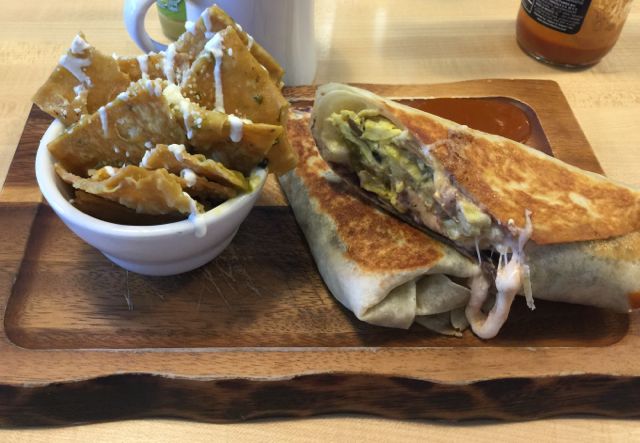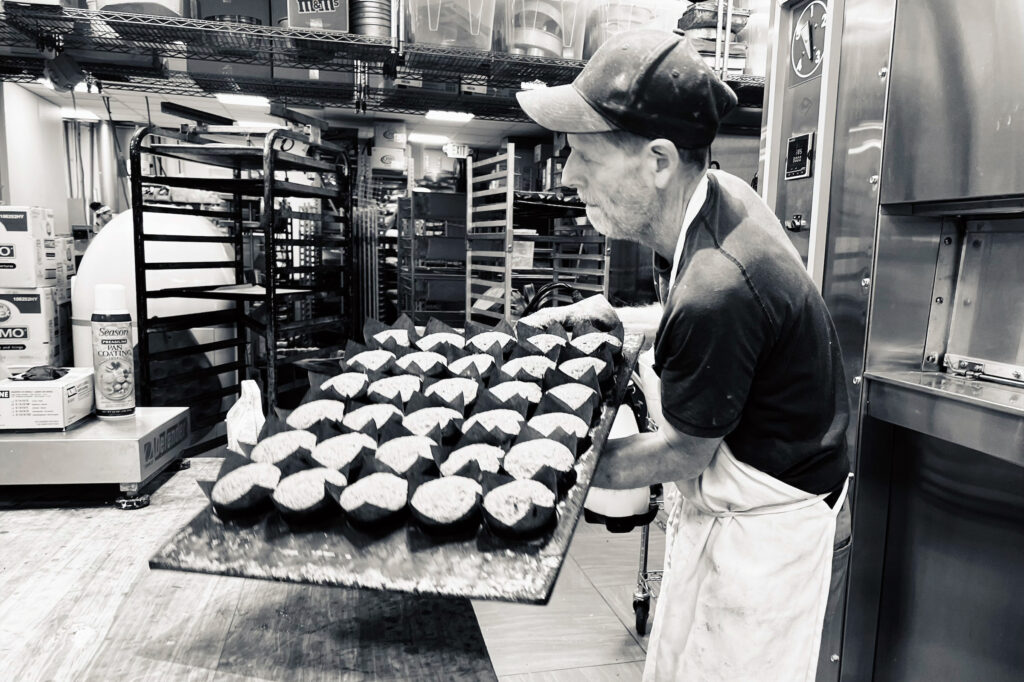Edibles & Potables: “Sometimes you play for the chitlins”
Atlas Obscura defines chitlins. They’re American history, the culture of the enslaved, and yes, the edible “parts” of a pig.
But chitlins are greater than the sum of mere pork bits.
Enslaved people had to sustain themselves using meat scraps—which they transformed into savory, satisfying dishes—from their enslavers’ butchered livestock. One such piece of offal was chitlins, or pig intestines. But chitlins came to represent more than sustenance. During the era of Jim Crow laws, they were a code. Black performers knew that venues serving hog intestines were safe. This collection of restaurants and music venues became known as the “Chitlin Circuit.”
Why were chitlins designated “slave food”? Since one’s social status dictated which part of the animal they ate, enslaved people mostly dined on the trotters (feet), maw (stomach), and chitlins, all of which required intense cleaning. Wealthy people tended to eat the upper portions of leg and back, hence the affluence-denoting...Read more










